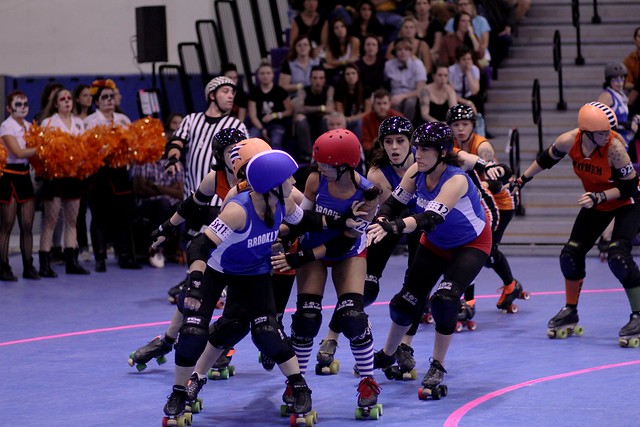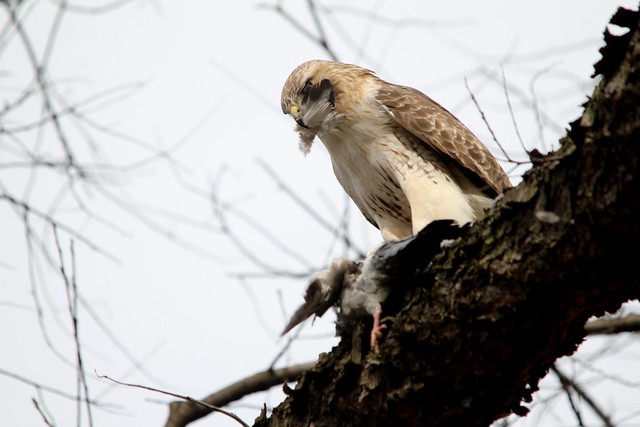
Photo: Gotham Girls Roller Derby Championship
Ever wonder how many germs transfer between people on contact? Ever wonder if contact would change the distribution of microbes on your body? A recent paper reveals just that.
Wired magazine states:
After each bout, though, the samples told a different story: the teams’ microbiomes converged, having more species in common. For example, before Emerald City played Silicon Valley, members of the two teams shared 28.2% of their bacterial communities. After the bout, the overlap was up to 32.7%, the team reports today in PeerJ.
The article states:
In these culture-based studies, handshaking, as well as hand-contact with other parts of the body and room surfaces, have been identified as strong vectors of health care service infections, such as with methicillin-resistant Staphylococcus aureus (MRSA) and Klebsiella spp.(Casewell & Phillips, 1977; Davis et al., 2012; Pittet et al., 2006). Given that human contact with surfaces, and especially the skin surfaces of others, has been shown to transfer individual microbial taxa, activities which involve human to human contact could be hypothesized to result in the sharing of skin microbial communities.
How does this make you feel?
Citation:
Meadow et al. (2013) Significant changes in the skin microbiome mediated by the sport of roller derby. PeerJ 1:e53 http://dx.doi.org/10.7717/peerj.53





